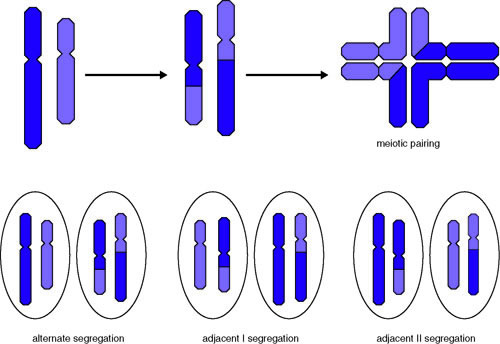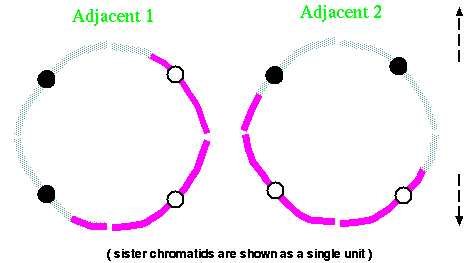Translocation
Translocation Assignment Help | Translocation Homework Help
Translocation
In a translocation a segment of a chromosome becomes attached to a non-homologous chromosome. In reciprocal translocations, two non-homologous chromosomes exchange segments. Translocation also includes exchange between non-homologous parts of a pair of chromosomes, e.g., between X and Y chromosomes. There is no addition or loss of genes during translocation, only a rearrangement.
Translocations are due to irregularities during crossing over. Breaks in the chromosomes are followed by union in ways different from the normal conditions. In translocation homozygotes breaks occur in both chromosomes of two different chromosome pairs, and there is mutual interchange of segments. The homozygotes do not have any cytological peculiarities and undergo regular pairing during meiosis. During synapses in pachytene, the chromosomes are arranged in the form of a cross. At the completion of terminalization, the cross opens out to form a ring or a figure of eight.

Changes of linkage groups takes place as a result of exchanges between different chromosomes. If the genes a, b and c form a linkage group, then after translocation the gene a may become linked with genes l and m, which belong to a different linkage group. Such changes in linkage groups are used for detecting translocations.
For more help in Translocation please click the button below to submit your homework assignment.